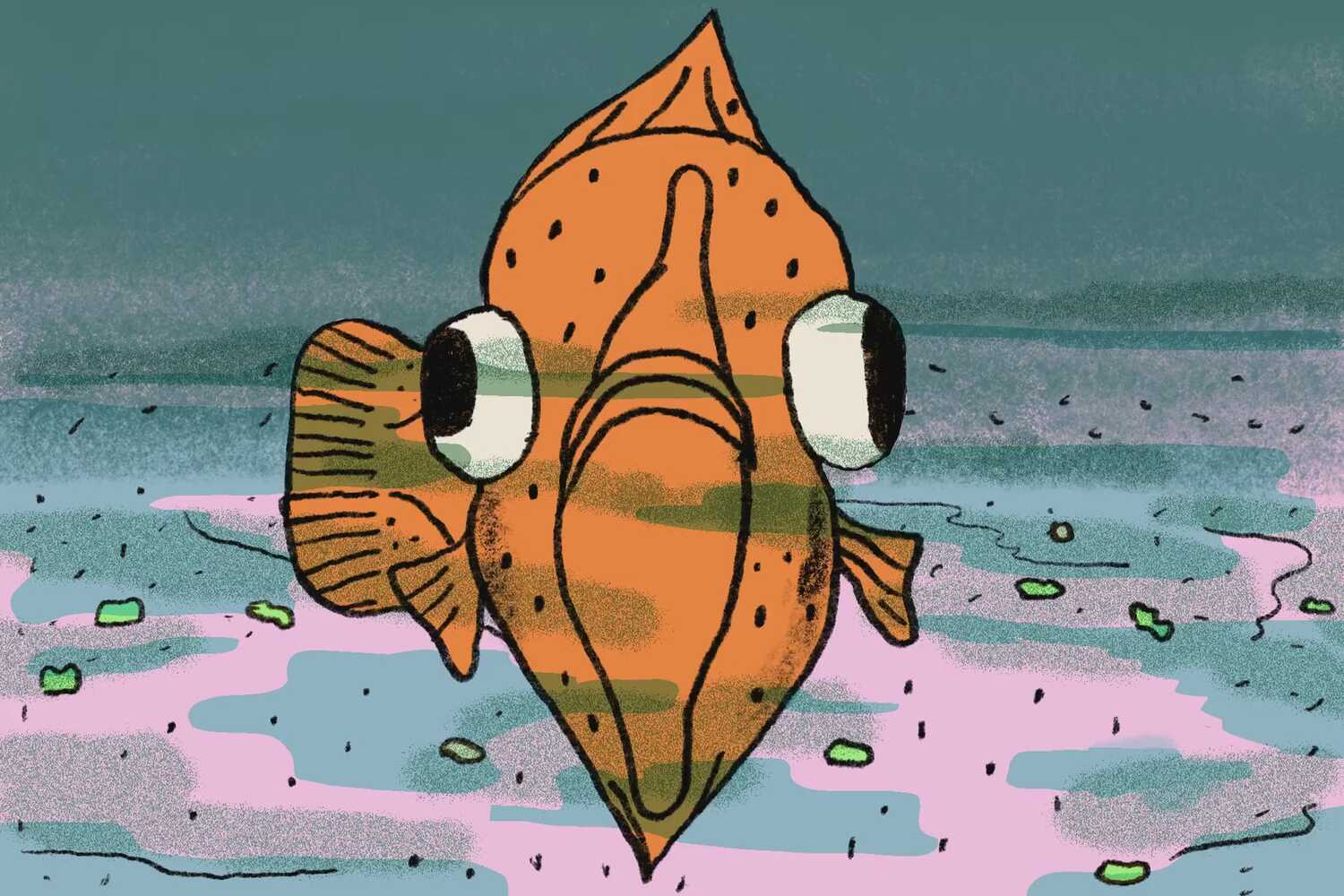Flatfish offer an evolutionary puzzle: How did one eye gradually migrate to the other side?
A flounder looks like a hallucination of a fish. Its body is flat as a pancake, its head permanently tilted to one side, and instead of having one eye on each side of its head, both eyes are crowded on one side.
This anatomy, as weird as it may be, is one of evolution’s remarkable success stories. Flounder, like more than 800 other species of flatfish, lie flat on the sea floor, their two eyes gazing up at the water overhead. When a smaller fish swims by, a flatfish shoots up and strikes. One species, the Pacific halibut, can grow to the size of a barn door.
The bizarre bodies of flatfish have long puzzled biologists. In fact, Charles Darwin’s critics used it as evidence against his theory of evolution.
In “The Origin of Species,” Darwin argued that natural selection favors tiny variations. Each little increment benefited an organism. Over countless generations, he said, those increments gradually added up to large-scale transformations.
Darwin’s critics rejected the idea that such changes could actually happen. St. George Jackson Mivart, a British biologist, used flatfish as Exhibit A: It seemed impossible to him that the slow migration of the eye around the fish’s head would be advantageous at every stage along the way.
“How such transit of one eye a minute fraction of the journey toward the other side of the head could benefit the individual is indeed far from clear,” Mivart wrote in 1871. The idea that natural selection could gradually create a flatfish, he added, “seems to contradict not imagination, but reason.”
